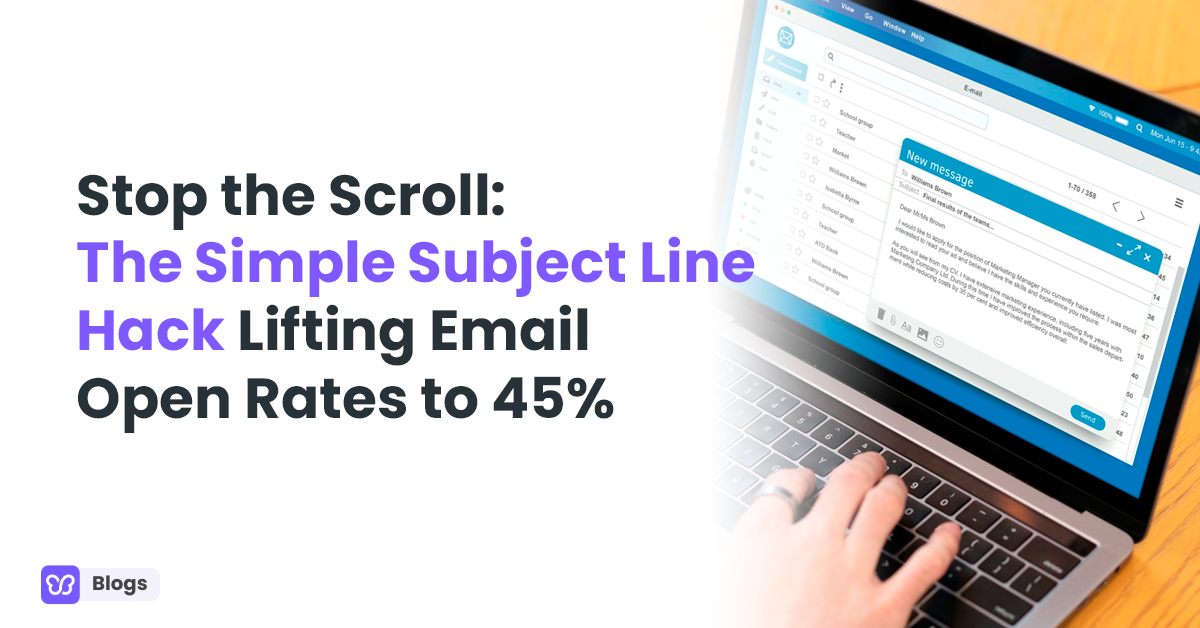How do you compete in a crowded market? It’s one thing to tussle with one or two industry competitors. But what would you do if the field had five or ten players?
Market saturation is normal in technology, retail, ecommerce, services, and entertainment. Nowadays, no market hasn’t been penetrated. Competitors are always in the background when you decide to put up your business.
To get your share of the pie in a saturated market, you need more than Business 101 because newsflash — others do it too. You need unique tips that others haven’t tried yet. Or better yet, others haven’t discovered.
But first, how can you tell if your market is saturated?
Market saturation happens when all target markets have been reached out to, have used, and incorporated into their lives, either your product or your competitors. This means there’s little to no room for growth anymore — unless you step up your game.
If you think your market is slowly saturated, put the worries aside. Here’s what you should do instead:
Research your market for pain points you haven’t addressed yet
Business is all about solving problems. Pain points, aka customer problems, are your guide when improving your business. So, if market saturation is slowly creeping in, it’s high time to review this area.
What can you learn from pain-point research? You might find some you haven’t addressed yet. You see, your product might have solved a certain problem but with a little tweak, you might have addressed yet another problem.
For example, you sell premium coffee beans. Freshly roasted coffee beans address people’s concern over instant coffee's cheap taste and jittery effects. But such products need fancy equipment. If you think you have reached out to people with fancy espresso machines or coffee makers, then it’s time to create ready-to-drink products. A single-serve steep coffee or cold brew in a glass are examples that might have solved this certain pain point.
Post consistently on your social media of choice

If you’re not the leading business in your market, you could at least be the leader on social media. Most businesses haven’t really figured it out yet that the way to win in social media is to post several times a day — and be consistent.
You need to win in social media because it changes over time. And when you get to have a foothold in your platform of choice, your audience will grow too. Eventually, your customer base will expand. Even better, you might snatch other competitors’ market share.
Getting traction on social media has a lot of benefits especially if your market is saturated. For one, it’s much easier to market a new product if you have a good following. This new product might have escaped your saturation trap, and you will get buyers quickly because you’ve established your audience first.
The second benefit is that it allows you to listen to your customers through their feedback. Having this information will let you create better products or access new markets that are not yet saturated.
Here’s how you do it right: post high-quality content and images. Use branded photos with your logo designs and the typeface of your choice for maximum branding impact. Use Facebook Ads, TikTok Ads, and other advertising platforms to reach more people fast. Your first words should attract attention fast. And most importantly, do it regularly. Don’t stop.
Offer different pricing set-ups
When a market is saturated, you need to look at the factors that make it saturated. There could be too many products with the same price points. If that’s the case, you could differentiate your brand by adding more diverse pricing.
Depending on your value proposition, you could be on the lower end of the price spectrum, offering cheaper alternatives for the market, or the higher end, by giving high-quality luxury and status-symbol products.
If you stay within your usual price points, you might not reach other markets if you have already maximized your customer base. This is a good strategy to expand your sales.
Apple knows this very well. They offer several pricing options, even if it’s just the same product. AirPods, Apple Watch, and more. This way, your customers will have different wiggle room to buy for more, even though it’s just the same thing.
Expand your line
Offer more products. Try your best to include as many people as possible in your market. Your expansion could spell dry sales as long as it is relevant to your main offers. This could be because a new line of products is targeting more people. Or that your loyal customers are trying your other line.
By offering a more diverse range of products that complement your existing offerings, you can create new revenue streams and strengthen customer loyalty. Here are some strategies to consider when expanding your product line:
Introduce complementary products to your existing offerings, as they can be easily integrated into your existing brand identity and marketing strategy. These products can also encourage cross-selling and upselling, increasing the average transaction value for your business.
- Collaborations and partnerships:
Consider partnering with other brands or manufacturers to create joint products or co-branded offerings. This can help you leverage established companies' expertise, resources, and market presence while expanding your product line and reach.
Final Thoughts
Thriving in a saturated market requires innovative and strategic approaches to stand out from the competition. By identifying and addressing unmet customer pain points, maintaining a consistent social media presence, offering diverse pricing options, expanding your product line, and tapping into new markets, you can create new opportunities for growth and success.
These strategies not only help you navigate the challenges of market saturation but also position your business as a dynamic player that adapts and evolves to meet the ever-changing needs of your customers. Embrace these tips to differentiate your brand, expand your reach, and ultimately secure your share of the pie in even the most crowded markets.









